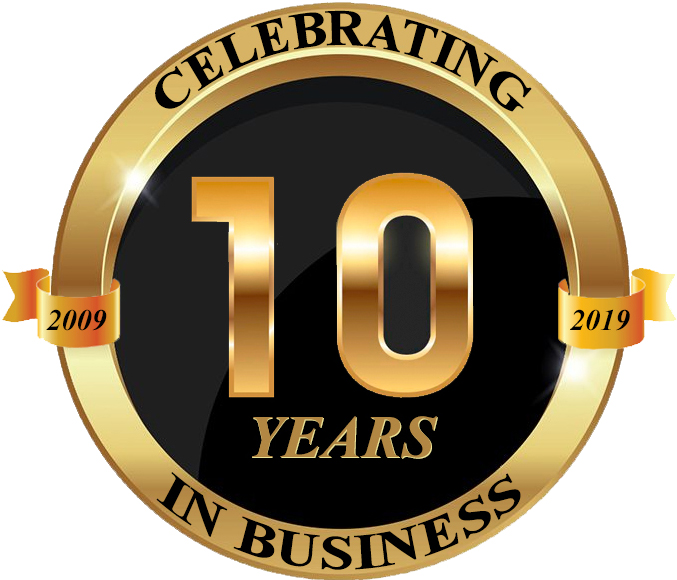Radon is a colourless, odourless radioactive gas.
It’s formed by the radioactive decay of small amounts of uranium that occur naturally in all rocks and soils.
The main danger from high radon exposure is the increased risk of lung cancer.
For most people, radon is the single largest source of radiation exposure whether they are at home or at work.
A & L Consultants is one of the UK’s primary experts on radon protection.
The UKradon website has more information about radon, including:
- health risks
- maps of radon-affected areas
Below you will find the Radon Gas Services provided by us.

Management Plans
The management plan consists of ensuring the correct remedial actions are completed at the earliest possible date to reduce the level of BQ m-3 at the site and fresh testing is carried out.
Following the completion of the testing the new level of BQ m-3 should be assessed.
If the level has been reduced to acceptable standards (below 400 Bq/m3) then the risk assessment for the site updated accordingly.
If the remedial actions have not been successful in reducing the levels below 400 Bq/m3, further remedial actions should be carried out and the re-testing process repeated.
This flow process should be repeated as many times as required until the levels are below 44Bq/m3.
Radon Assessment
The Management of Health and Safety at Work Regulations 1999 require the assessment of health and safety risks and this must include radon if a workplace is located in a radon Affected Area, or is an underground workplace likely to be affected.
For ground floor and underground workplaces this risk assessment will almost certainly require radon measurements to be carried out.
Additionally, the Ionising Radiations Regulations 1999 come into effect where radon is present above the defined level of 400 Bq/m3 and employers are required to take action to restrict resulting exposures.
A Radon survey is carried out to give an indication of the Radon levels (BQ m-3) within a site, to allow for a risk assessment to be completed, to ensure the safety of all employees and visitors to the site. The risk assessment is based on floor level, size, ventilation and occupation.
Radon surveys should be conducted in any building where its location and characteristics suggest elevated levels may be found.












